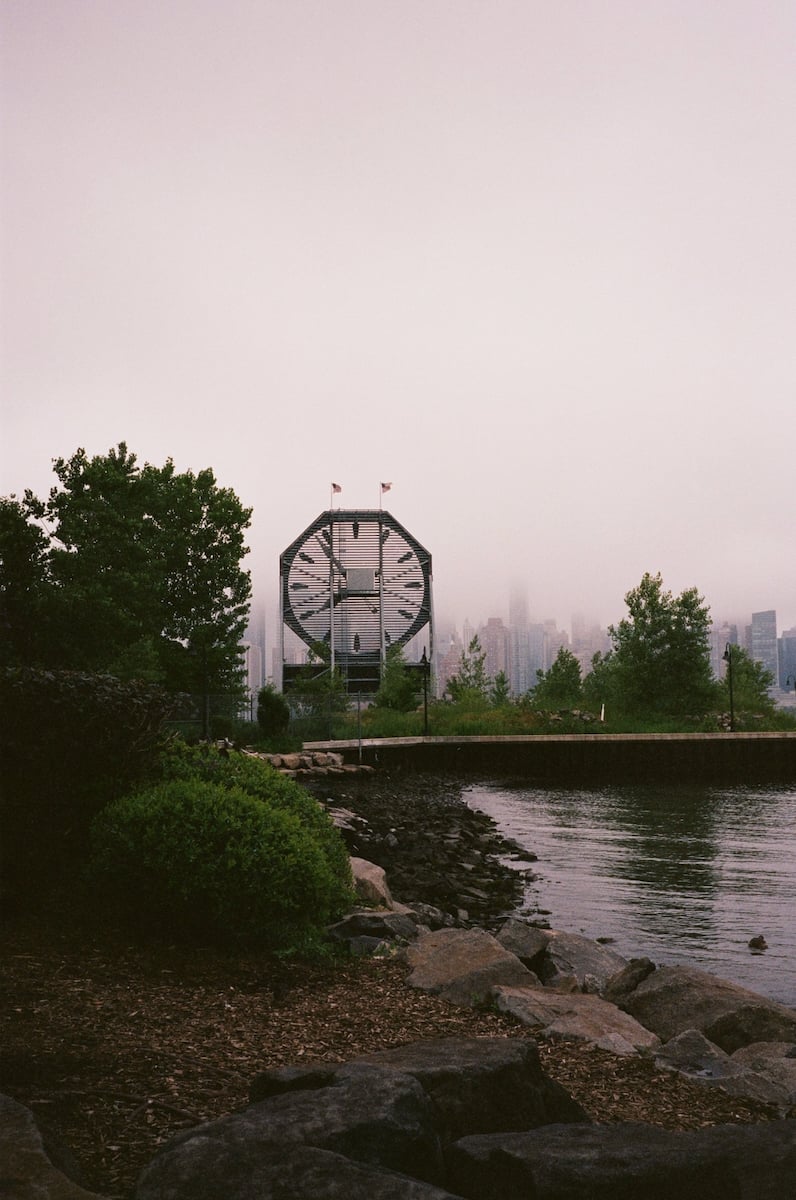Two years and ninety two rolls of film later — also, the why behind “Developing Patina.”
A detail you might not know about me is that my folks had a wedding photography business back in the day. I was always around (usually behind) cameras as I grew up, but fell out of practice when helping with the business was replaced with Halo 1–3, summer math camps, and internships.
Fast forward to August ’22. I was a year into the best job of my career (which still holds that title as I round out year three) and looking for an analog outlet in my non-working hours since I end most days tapped out on screen time. I bought a basic point and shoot¹, started carrying it with me, and tried my best to pay attention.
Ninety two rolls later (~3k exposures) I can wholeheartedly say that the usual narratives around film are necessary and true: it lets you see with your heart’s eye, thirty six-ish frames per roll is an incredibly freeing constraint, there’s a reason so few folks shoot in monochrome (color can’t do the heavy lifting), an easy way to improve composition is by moving closer, …I’ll use this newsletter to detail how these truisms have shown up in my photography.
Developing Patina’s title is both literal and symbolic in that rolls of film are developed, and the light that lands on each frame is a sort of visual patina in the same way a well-worn watch’s patina — the scratches, dents, and coloration — mark the stories of its owner.

This shot from roll #15 of the Colgate Clock here in Jersey City attempts to demonstrate that parallel.

From this angle, the skyline forms the clock face’s patina, and further, the light passing through it became the visual patina left behind on the frame when I pressed the shutter button.
⬦
I can’t wait to tell you the stories behind what my film has seen — until then, here’s what I’ve developed in the past two years.
—
¹: And since switched to a K1000 and now, and hopefully my last, an MP.
You just read issue #1 of Developing Patina. You can also browse the full archives of this newsletter.